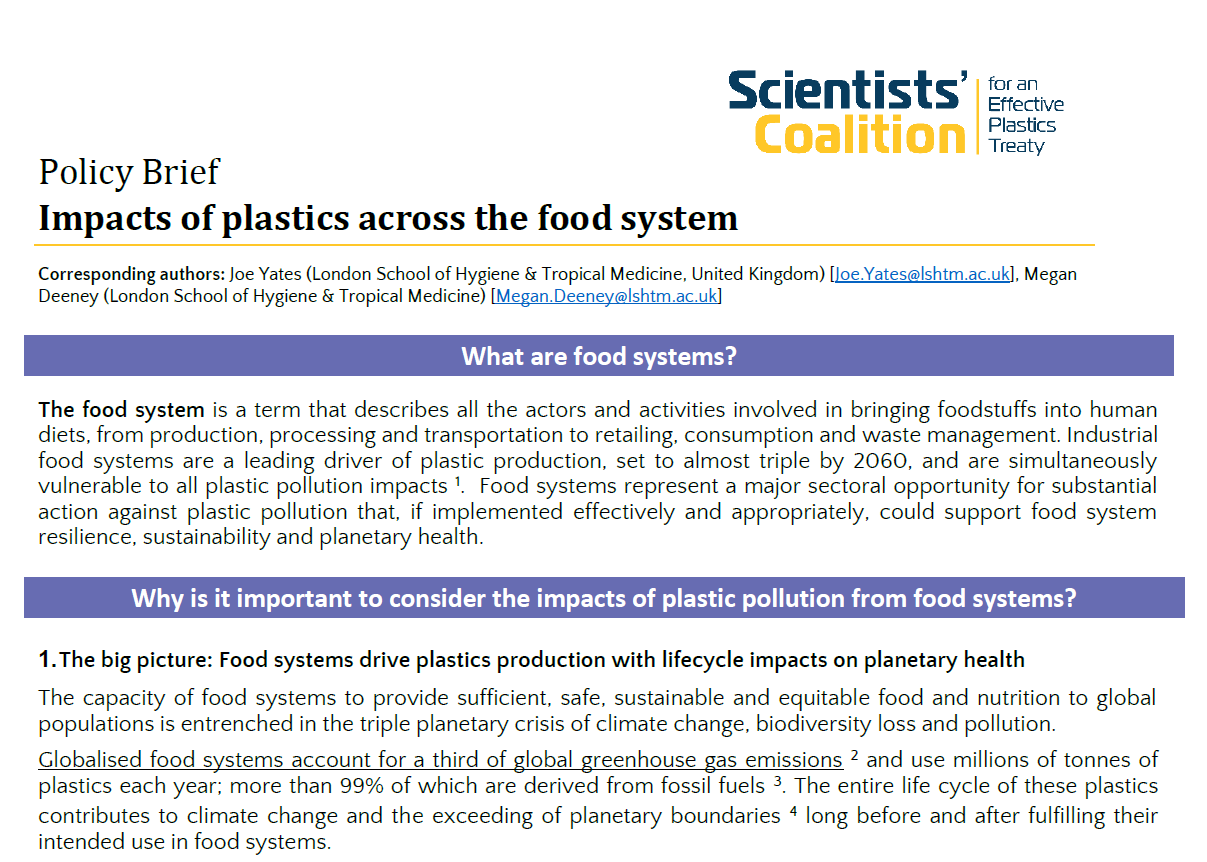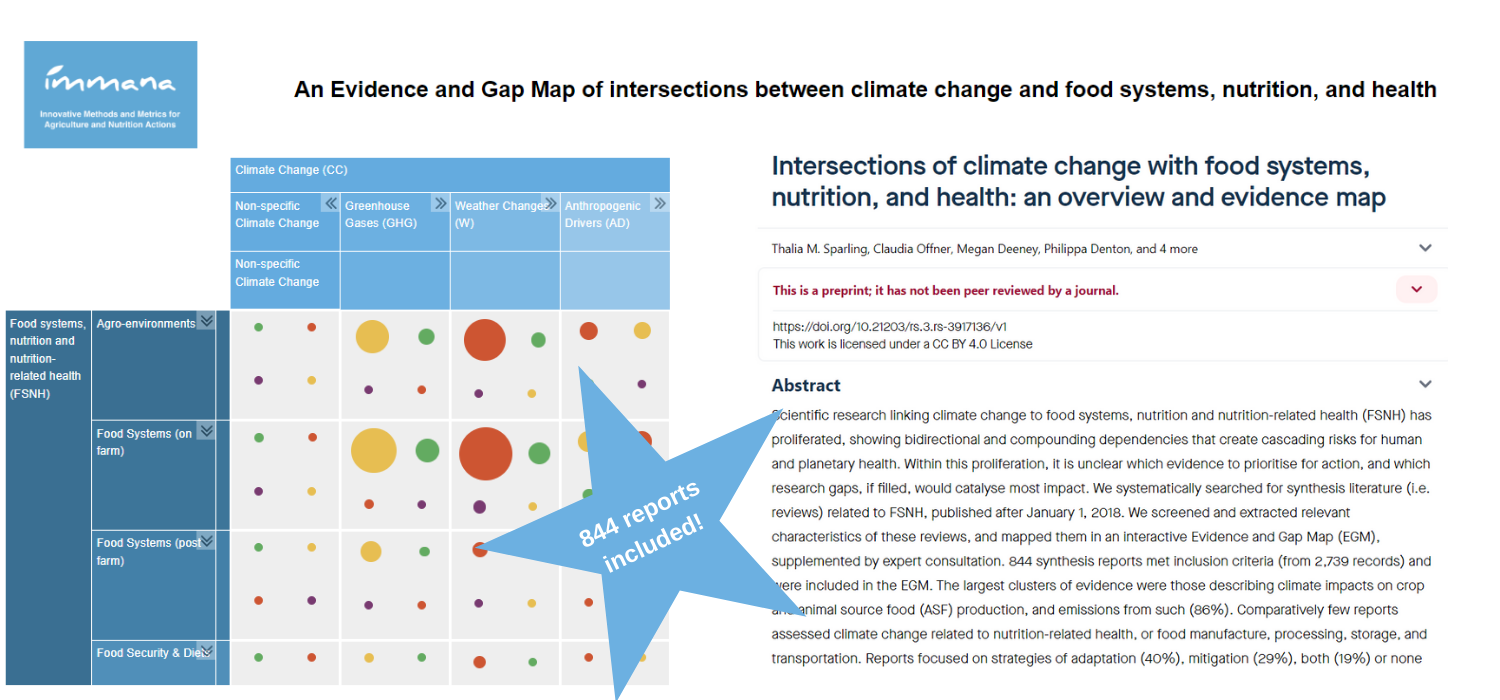Former IMMANA Grantee David Little co-authored a new paper entitled: "Factors affecting the micronutrient status of adolescent girls living in complex agro-aquatic ecological zones of Bangladesh". This study assessed multiple micronutrient status including vitamin D, iron, vitamin A, and urinary iodine concentration among adolescent girls through two seasonal cross-sectional surveys conducted during dry and wet seasons.
The majority of Bangladeshi women have their first child before reaching the age of eighteen years, which influences both the maternal and child health. Fish is significantly a good source of dietary protein and micronutrients in low- and middle-income countries. Given the importance of aquatic foods in ecological zones, the researchers sought to study how these delicate eco-systems affect the seasonal nutrition and health status of adolescent girls.
The researchers conducted a mixed-linear and logistical regression analysis to assess associations between nutrient status, salinity and seasonality. Vitamin (OH)D insufficiency was significantly higher in freshwater areas in wet season compared to dry season (wet season: 58% and dry season: 30%). The authors also found that the odds of vitamin (OH)D insufficiency was eleven times higher in fresh water areas compared with high saline areas.
In conclusion, despite the environment being enriched with micronutrient-contained aquatic food, adolescent girls in coastal areas experience different micronutrient deficiencies. Attention should be paid to the high rates of vitamin (OH)D insufficiency, particularly in freshwater areas, and seasonal iron deficiency in the high saline zones.
David Little is a former grantee that worked on the IMMANA project: Aquatic Food for Health and Nutrition (AQN): A metric for assessing the impacts on nutrition and health of agroecosystems producing farmed seafood





